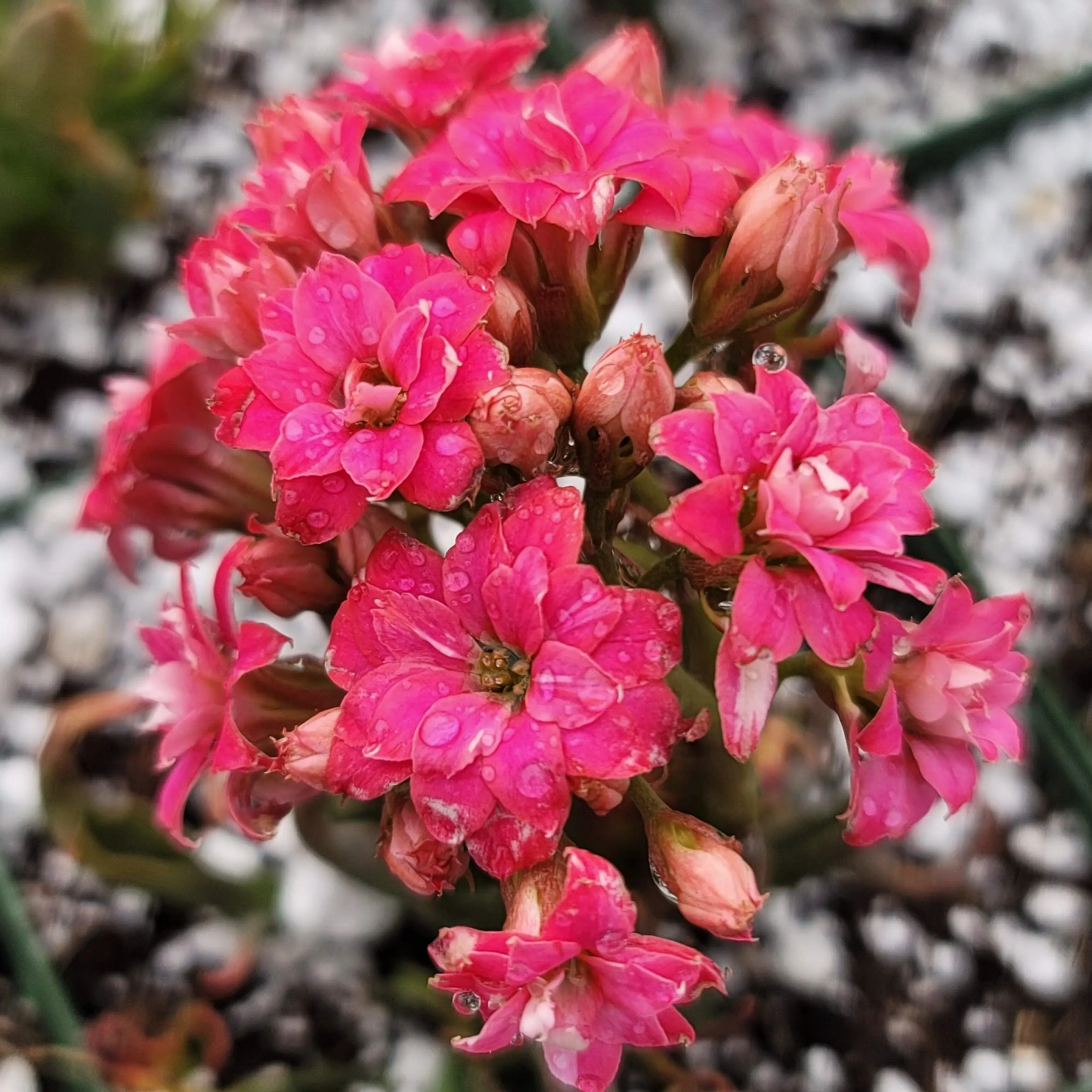Top 5 Kalanchoe Katapifa Tarantula Care Tips
The Kalanchoe Katapifa ‘Tarantula’ is a captivating succulent, known for its unique spiderweb-like markings and compact growth habit. Its striking appearance makes it a popular choice for plant enthusiasts. This article provides essential care tips to help you cultivate a thriving and beautiful Kalanchoe Katapifa Tarantula in your home. Following these guidelines ensures your plant receives the necessary elements to flourish, maintaining its distinctive appearance and overall health. Proper care not only enhances its aesthetic appeal but also ensures its longevity, making it a rewarding addition to any plant collection. Ready to unlock the secrets to a thriving Kalanchoe Katapifa Tarantula? Let’s dive into the key aspects of its care!
Understanding the Kalanchoe Katapifa Tarantula
Before delving into care specifics, understanding the Kalanchoe Katapifa Tarantula’s background is helpful. This knowledge will provide a foundation for its specific needs and preferences. The plant’s unique characteristics are key to providing the best care possible. This includes understanding its natural habitat and the conditions in which it thrives.
Origin and Characteristics
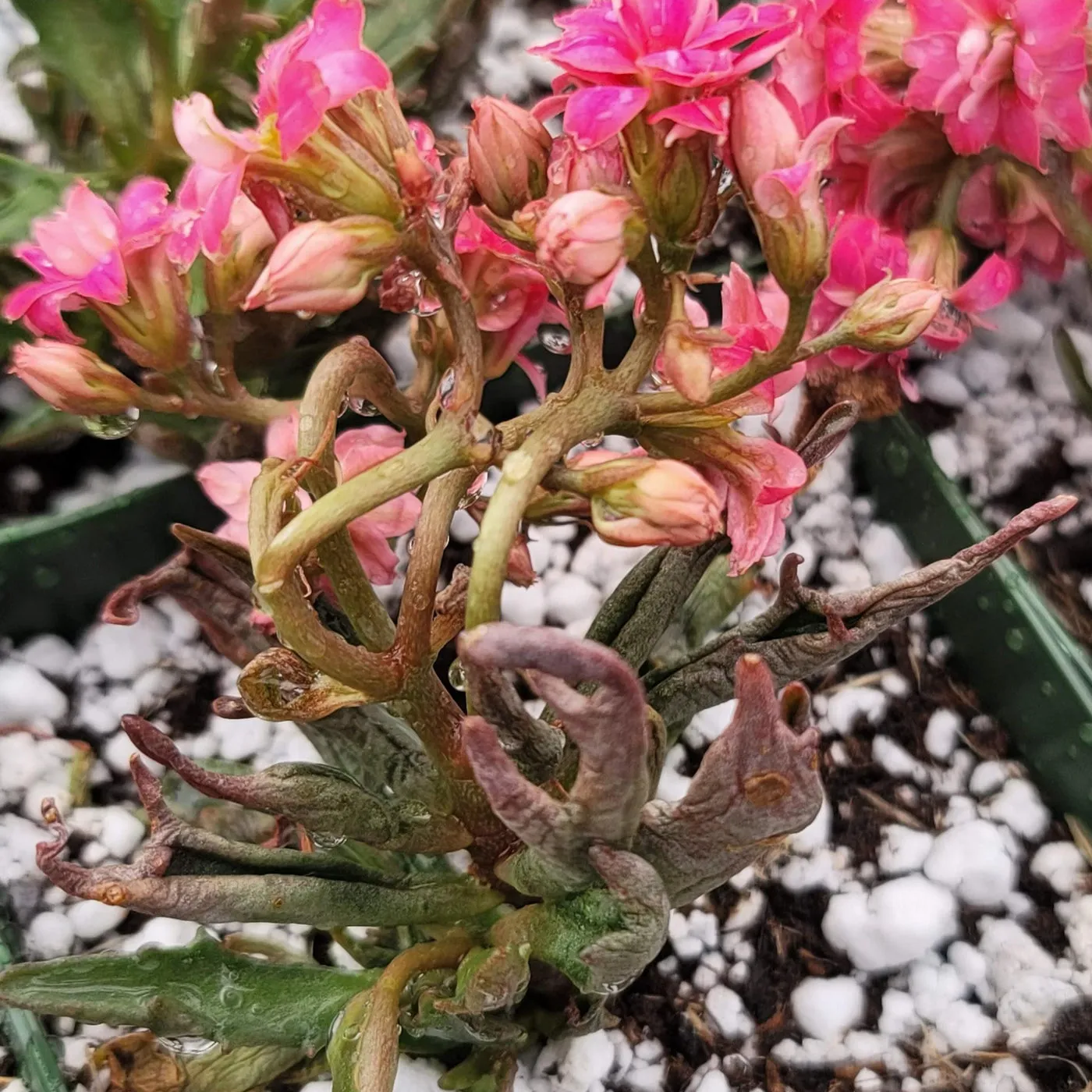
The Kalanchoe Katapifa ‘Tarantula’ is a succulent hybrid, prized for its compact size and spiderweb-like markings on its leaves. These markings give it the common name, ‘Tarantula.’ It is relatively easy to care for, making it an excellent choice for both beginner and experienced plant enthusiasts. Its ability to thrive indoors makes it an adaptable plant suitable for various environments. The plant’s distinctive appearance adds a touch of intrigue to any space, making it a standout among succulents.
Watering Your Kalanchoe Katapifa Tarantula
Watering is a critical aspect of Kalanchoe Katapifa Tarantula care. Overwatering is one of the most common mistakes, leading to root rot and the plant’s decline. Understanding the plant’s water needs and adapting your watering schedule accordingly is essential. The right watering technique will ensure your plant stays healthy and vibrant. The key is to strike a balance that meets the plant’s hydration requirements without causing waterlogged soil. This will keep your Tarantula happy and healthy. Proper watering habits are the cornerstone of successful Kalanchoe Katapifa Tarantula care.
Watering Frequency
The Kalanchoe Katapifa Tarantula thrives with infrequent watering. Allow the soil to dry out completely between waterings. During the growing season (spring and summer), you may need to water more frequently. However, in the dormant season (fall and winter), reduce watering significantly. A good rule of thumb is to check the soil moisture by inserting your finger about an inch deep. If the soil feels dry, it’s time to water. Overwatering is the primary cause of issues. Monitor the soil and adjust your schedule to the specific needs of your plant.
Signs of Overwatering

Recognizing signs of overwatering can save your Kalanchoe Katapifa Tarantula from serious damage. Yellowing leaves, soft stems, and a mushy appearance are all indicators of too much water. Root rot, a common consequence, can also be identified by a foul odor from the soil. If you notice these signs, reduce watering immediately and ensure the pot has adequate drainage. Repotting into fresh, well-draining soil may be necessary in severe cases. Early detection and prompt action are key to saving your plant from the negative effects of overwatering.
Lighting Requirements for Kalanchoe Katapifa Tarantula
Lighting is essential for the Kalanchoe Katapifa Tarantula’s health and vibrant appearance. Adequate light supports photosynthesis, which is vital for its growth and development. Proper lighting also influences the color and intensity of the spiderweb markings, enhancing its unique aesthetic qualities. Providing the right amount of light ensures your plant receives the energy it needs to thrive. Different types of light affect the plant differently, so it is important to understand its ideal conditions.
Ideal Sunlight Conditions
The Kalanchoe Katapifa Tarantula prefers bright, indirect sunlight. A south-facing window with filtered light is often ideal. If the light is too intense, it can scorch the leaves. A slightly shaded east-facing window can also be suitable. The plant will also do well under a grow light if natural light is insufficient. Ensuring your plant receives the right balance of light will promote healthy growth and the development of its unique markings. Observe your plant for signs of light stress and adjust its position accordingly.
Avoiding Direct Sunlight
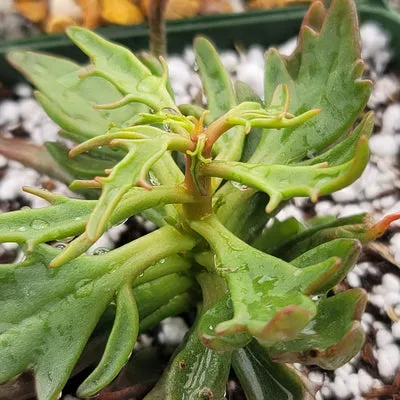
Direct, intense sunlight can burn the leaves of your Kalanchoe Katapifa Tarantula, leading to unsightly brown spots. If your plant is in a south-facing window, consider using a sheer curtain to filter the light. Moving the plant slightly away from the window can also provide some protection. Watch for signs of sunburn, such as bleached patches or crispy leaf edges. Adjust the plant’s location immediately if you see these signs. Protecting your plant from excessive direct sunlight will maintain its health and appearance.
Soil and Potting for Kalanchoe Katapifa Tarantula
The right soil and pot are crucial for the Kalanchoe Katapifa Tarantula’s well-being. Proper soil composition ensures adequate drainage, preventing root rot. The type of pot also influences the plant’s health and growth. Investing time in these aspects is an important investment to give your Tarantula the best environment.
Best Soil Mix
Use a well-draining soil mix for your Kalanchoe Katapifa Tarantula. A cactus or succulent potting mix is ideal, as it provides excellent drainage. You can also create your own mix by combining regular potting soil with perlite or coarse sand. This mix ensures that excess water drains away quickly, preventing the roots from sitting in water. The proper soil mix is essential for preventing root rot and ensuring the plant thrives. Proper soil composition is a cornerstone of good plant health.
Potting and Repotting
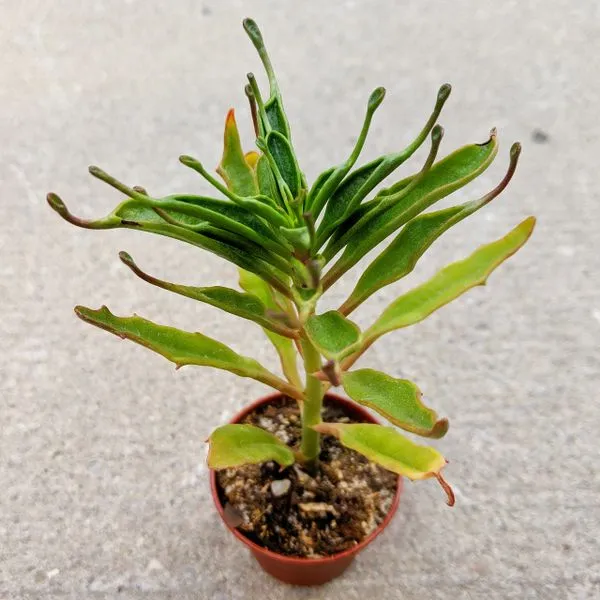
Choose a pot with drainage holes to prevent water from accumulating. Terracotta pots are a good choice, as they allow the soil to dry out more quickly. Repot your Kalanchoe Katapifa Tarantula every one to two years, or when it outgrows its current pot. When repotting, gently remove the plant from its old pot, loosen the roots, and place it in a slightly larger pot with fresh soil. Be careful not to damage the roots during the process. Repotting is also a good time to check for any signs of root rot and address them.
Temperature and Humidity for Kalanchoe Katapifa Tarantula
The Kalanchoe Katapifa Tarantula has specific requirements regarding temperature and humidity. Maintaining the right conditions will help your plant thrive. Understanding the plant’s preferences will help you make the appropriate adjustments. Adjustments to the home environment are important, especially during different seasons. The goal is to mimic its natural habitat as much as possible.
Ideal Temperature Range
The Kalanchoe Katapifa Tarantula prefers moderate temperatures. The ideal range is between 65°F and 75°F (18°C and 24°C). Avoid placing the plant near drafts or extreme temperature fluctuations. Protect it from freezing temperatures. If you live in a climate with very hot summers, ensure the plant does not get too much direct heat. Maintaining a consistent temperature will help your plant grow healthily. Temperature control is essential for its well-being and growth.
Humidity Levels
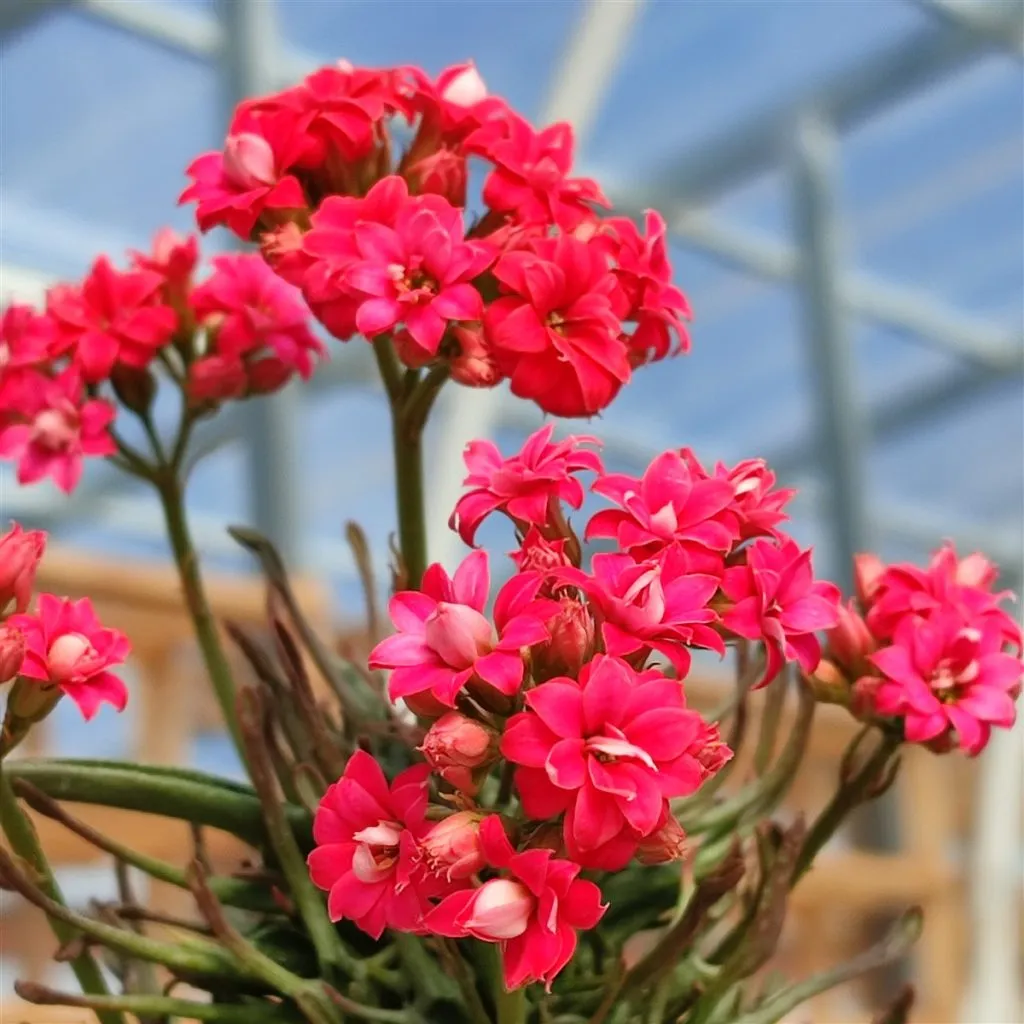
The Kalanchoe Katapifa Tarantula does not require high humidity levels. Average household humidity is usually sufficient. Avoid placing the plant in a humid environment, as this can increase the risk of fungal diseases. If you live in a very dry climate, occasional misting may be beneficial, but be careful not to overwater. Overly humid conditions can be detrimental. Maintaining the right humidity balance is crucial for its long-term health.
Protecting from Pests and Diseases
Like all plants, the Kalanchoe Katapifa Tarantula can be susceptible to pests and diseases. Regular inspection and preventative measures can help keep your plant healthy and vibrant. Identifying and treating problems early is key to preventing serious damage. Proactive care will ensure your plant remains healthy.
Common Pests
Common pests that can affect the Kalanchoe Katapifa Tarantula include mealybugs, aphids, and spider mites. Inspect your plant regularly for signs of infestation. Look for small insects, sticky residue, or distorted growth. If you find pests, isolate the plant and treat it with insecticidal soap or neem oil. Ensure that the product you use is safe for succulents. Follow the product instructions carefully to eliminate the pests. Early detection and treatment are essential.
Disease Prevention
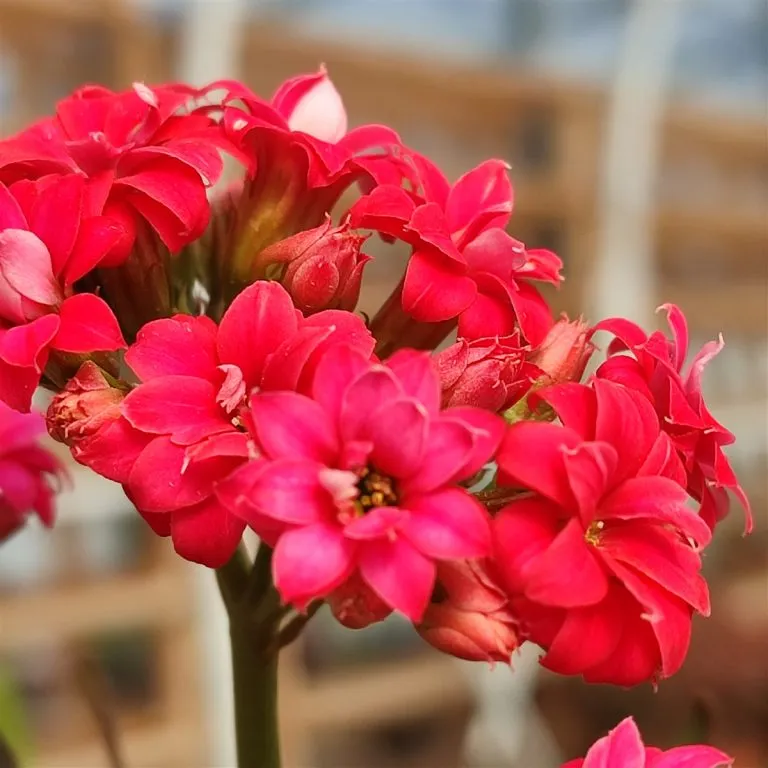
Preventing diseases in your Kalanchoe Katapifa Tarantula involves several measures. Proper watering, adequate light, and good air circulation can help prevent fungal diseases. Avoid overcrowding plants to promote airflow. Remove any dead or decaying leaves promptly. If you notice any signs of disease, treat the plant with an appropriate fungicide. Regularly monitor the plant for any signs of problems. Implementing these measures will help keep your plant healthy and disease-free. Disease prevention is critical for the plant’s longevity and beauty.
Conclusion
Caring for a Kalanchoe Katapifa Tarantula is a rewarding experience. By following these top 5 care tips, you can ensure your plant thrives. Providing the right conditions for watering, lighting, soil, temperature, and protection from pests and diseases will keep your plant healthy and beautiful. With proper care, your Kalanchoe Katapifa Tarantula will reward you with its unique appearance. Enjoy the journey of growing this fascinating succulent. With a little effort and attention, you can enjoy the unique beauty of the Kalanchoe Katapifa Tarantula for years to come!
